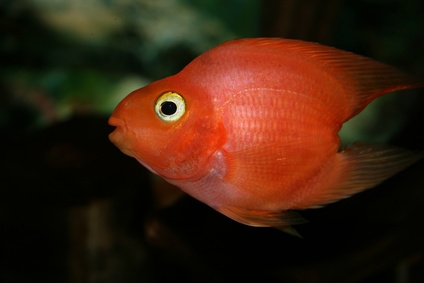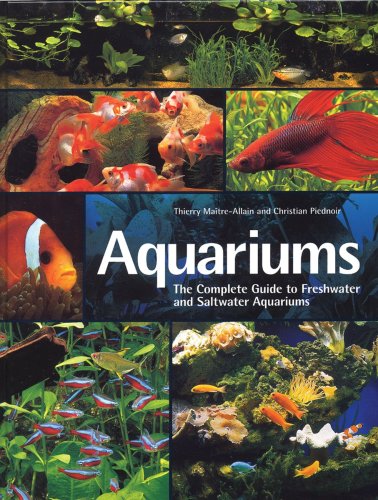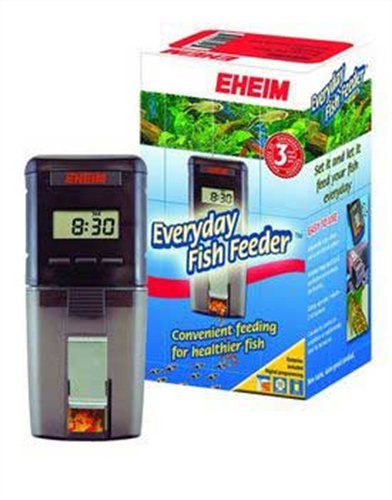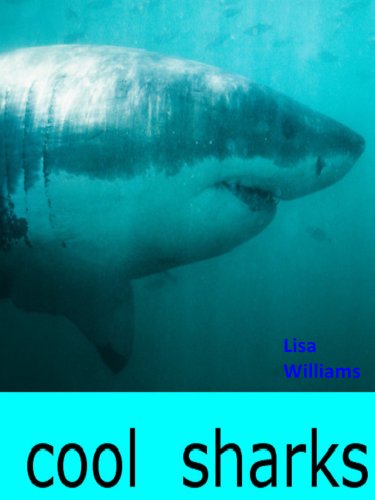The Bloodhound is a patient, kind dog that loves family and children. As a reminder, never leave a young child alone with any dog or puppy for any length of time. The Bloodhound needs exercise but can do well in an apartment if she is given plenty of opportunity for walks. She will do even better with a properly fenced enclosure for exercise. She should never be walked without a leash because she will probably find a scent to follow and take off. She may have an earthy odor, she slobbers and she needs her ears checked. She makes a great watch dog but should have gentle training as she can be willful.
*Approximate Adult Size. The approximate adult size (two years old or older) of the male Bloodhound is between 25 and 27 inchest to the withers (highest point of the shoulder) and between 90 and 110 pounds in weight. The female will stand between 23 to 25 inches to the withers and weigh between 80 and 100 pounds.
*Special Health Considerations. Most dog breeds have certain inherited health problems associated with that specific breed and the Bloodhound is no exception. Be on the look out for canine hip dysplasia (genetic based looseness in the hip joint that can lead to arthritis pain and lameness), bloat (Gastric Dilation-Volvulus, the second leading killer of dogs, can kill within the hour, this space is too limited for a complete explanation but you should read up on this). Feeding more then once a day and avoiding exercise right after meals may help guard against bloat. Another concern is Entropion, (hereditary disorder where eyelid, usually lower one, rolls inward and irritates the cornea and can cause visual problems. Surgery can correct this condition but may disqualify the dog from shows). This disease list is an informative guideline only. Other diseases may also be significant threats, please contact your veterinarian for a complete list.
She should visit the veterinarian several times in the first year for shots, boosters and check up. Then, as an adult, she should visit the veterinarian yearly for shots and check up. As she gets older, six years and on, she should visit the veterinarian twice a year for check ups and shots. Remember; avoid feeding your dog sweets.
*Grooming. The Bloodhound has a short coat which is smooth and grooms easily. She can be groomed with a brush and hound glove, rough towel or chamois. She is an average shedder so brushing will help her maintain a clean and healthy coat and also help you keep a closer eye on her health and strengthen your emotional bond with your pet. Bathe rarely as this can strip her coat of its protective oils
Her teeth should be brushed at least twice a week with toothpaste and toothbrush designed for dogs. Brushing removes the accumulation of plaque and tartar which can cause cavities (rarely) and periodontal disease. Dog periodontal disease can lead to pain, loss of teeth, bad breath and other serious disease.
Her toenails may need to be examined for growth and clipped regularly. The toenails of the rear feet grow slower than the toenails of the front feet. Generally a guillotine type trimmer is the best for this chore and competent instructions to accomplish this can be found on the net.
Her ears should be checked once a week and be kept clean. If you have her professionally groomed, make sure ear cleaning and inspection is part of the package. No water or excess fluid should get in the dogs ears, and do not try to irrigate the ears. Ear cleaning is too complicated and critical to instruct here. Look for hair growing in the ear canal, excess wax, or moisture. If her ears have a discharge, foul odor or she seems to be in distress and you suspect an infection, or tumor, consult your veterinarian.
*Life Span. The Bloodhound can live between 9 and 11 years with proper nutrition, medical care and excellent living conditions.
*History. The Bloodhound dates back to the 14th century. She has been tracking people and animals for hundreds of years. She arrived in the United States during the 19th century. She was first recognized by the American Kennel Club in 1885.
*Some Registries:
The American Bloodhound Club
UKC United Kennel Club
NKC National Kennel Club
CKC Continental Kennel Club
APRI Americas Pet Registry Inc.
AKC American Kennel Club
FCI Federation Cynologique Internationale
NZKC New Zealand Kennel Club
KCGB = Kennel Club of Great Britain
ANKC = Australian National Kennel Club
ACR = American Canine Registry
Litter Size: 7 to 8 Bloodhound puppies
Category: Hound
Terms To Describe: Gentle, affectionate, sensitive, powerful, dignified,
*SPECIAL GOOD POINTS
Keen sense of smell.
Keep themselves clean.
Gentle nature.
Good with children and other pets.
Good watch dog.
*SPECIAL BAD POINTS
They drool.
Not a guard dog.
Needs firm training.
May be willfull.
Can be shy.
Can be aggressive with other dogs.
May snore.
May wander off on a scent. Must be fenced or on a leash.
She can have that earthy hunting dog odor.
*Other Names Known By: Chien St. Hubert, St. Huberts Hound
*Every dog is an individual so not everything in this information may be correct for your dog. This information is meant as a good faith guideline only.

 Compatibility Between Freshwater Tropical Fish
Compatibility Between Freshwater Tropical Fish
Compatibility Between Freshwater Tropical Fish
Compatibility Between Freshwater Tropical Fish
 9 Common Mistakes of Freshwater Fish Owners
Keeping fish in an aquarium
9 Common Mistakes of Freshwater Fish Owners
Keeping fish in an aquarium
 Life Span of Female Betta Fish Vs. Male
Life Span of Female Betta Fish Vs. Male
Life Span of Female Betta Fish Vs. Male
Life Span of Female Betta Fish Vs. Male
 Lets Review Automatic Pet Feeders
One for your Cat or Dog, and
Lets Review Automatic Pet Feeders
One for your Cat or Dog, and
 Why are there so Many More Shark Attacks?
In 2004 16 year old, J.P And
Why are there so Many More Shark Attacks?
In 2004 16 year old, J.P And